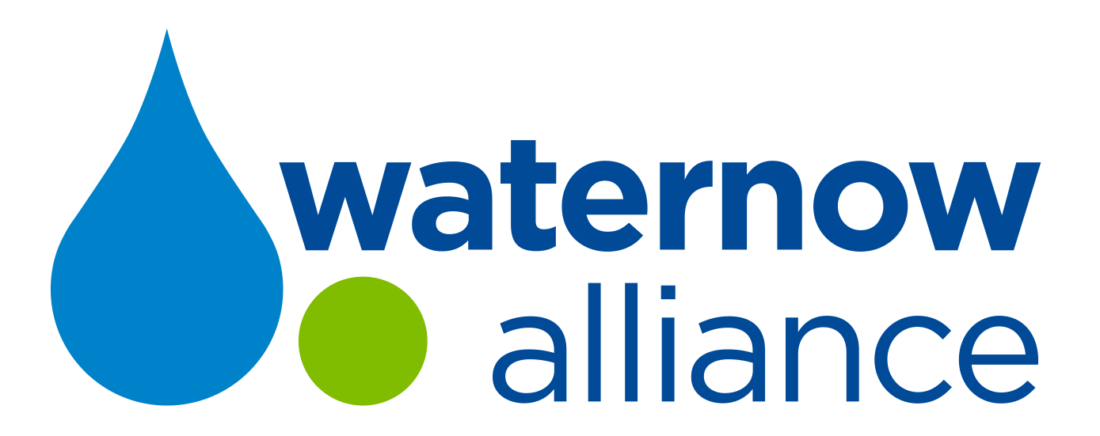The City of Fort Collins is located in Colorado’s Northern Front Range 50 miles north of Denver. It rains an average of 16 inches per year with 237 sunny days. Like many Front Range Colorado communities, Fort Collins’ population is growing quickly. At the same time, the City experiences recurring droughts that are intensified by climate change in an area already short on water supplies. A key solution to meet its water demands is the City’s four decade commitment to a “conservation first” approach that treats conservation as a critical strategy to ensuring reliable water supplies now and into the future.
Local Water Challenges: Drought, Climate Change & Growth
Fort Collins’ population is growing quickly. Historically, that growing population meant increased water demand. As added stressors, Fort Collins is in a designated “critical water supply shortage” area where state regulators have identified significant supply gaps, which are exacerbated by climate change. These challenges, and particularly a severe drought in 2002-2003, motivated Fort Collins to build intensive water conservation and efficiency programs.
Solution: 40 Years of Water Conservation
A key solution to meet its water demands is the City’s long-standing “conservation first” approach. This means that Fort Collins Utilities has implemented conservation and water use efficiency programs for over four decades with ever-increasing intensity:
- In 1977, a part-time water conservation professional was hired.
- Early conservation programs were expanded in the 1990s to include education and outreach efforts with a goal of initially achieving 195 gallons per capita per day (GPCD) by 2020.
- The drought of 2002-2003, the most severe on record, prompted Fort Collins to accelerate the community’s water savings, which included adopting a conservation-oriented rate structure with a seasonal component to mitigate peak summer demands, bolstering outreach and education efforts, and creating a water shortage response plan.
In its most recent Water Efficiency Plan adopted in 2015, Fort Collins set a goal to achieve 130 GPCD by 2030 and a 10% reduction in all water uses (business, industry, residential and irrigation) over the next 10 years. In the next iteration of the efficiency plan, given the limitations of GPCD as a metric, the City will update the way it tracks the success of conservation programs to capture, for example, the percentage of homes using less than 40 GPCD day in winter months.
 To meet these conservation goals—each of which the city has met in prior years—Fort Collins Utilities takes an all-of-the-above approach. The City’s activities include:
To meet these conservation goals—each of which the city has met in prior years—Fort Collins Utilities takes an all-of-the-above approach. The City’s activities include:
- Financial and other incentives to increase water use efficiency, e.g., appliance rebates, residential and commercial xeriscape rebate programs, subsidized water-wise garden kits, irrigation equipment, low-income retrofit program, commercial building audits, residential sprinkler audits
- Local ordinances and regulations, e.g., green building codes, landscape and irrigation standards, wasting water ordinance
- Outreach and education programs, e.g., home water reports, business and contractor education programs, Xeriscape Demonstration Garden, classes and trainings
Fort Collins Utilities also employs foundational activities, e.g., conservation-oriented and seasonal rate structures, online water use tips, utility water loss audit program, advanced metering and continuous consumption monitoring and leak notification programs, to achieve its goals.
Banking the Benefits: Conservation Saves Water, Habitat & Costs
Since 2000—when Fort Collins significantly ramped up conservation efforts—average water use has gone down 32%. In 2017 alone, Fort Collins saved 133 million gallons, enough water for 1,582 households per year based on annual water use in the Utilities’ water service area for that year. Overall, Fort Collins uses the same amount of water as it did in 1986 even though the service area added 47,000 more users since that time. In Fort Collins, saving water also helps the environment. Reducing water use can mean more water in local waterways. These in-stream flows protect aquatic and riparian ecosystems, improve water quality, and enhance and support recreational opportunities. The City’s water conservation programs and services also cost far less than the cost to develop new water resources. Long term, sustained water reductions supported reducing the necessary size of the Fort Collins Utilities’ proposed Halligan Reservoir enlargement project. A smaller project will result in cost-savings. Plus, now having excess capacity in the Water Treatment Facility means Fort Collins Utilities has been able to lease treatment capacity to a neighboring water district.
From Fort Collins, Colorado, to Atlanta, Georgia, as part of WaterNow’s Tap into Resilience initiative, WaterNow has interviewed over a dozen city and utility leaders already tapping into localized water strategies for fast, affordable, and impactful solutions to their water challenges. More details on Fort Collins Utilities’ Tap into Resilience case study are available on WaterNow’s campaign website here.

